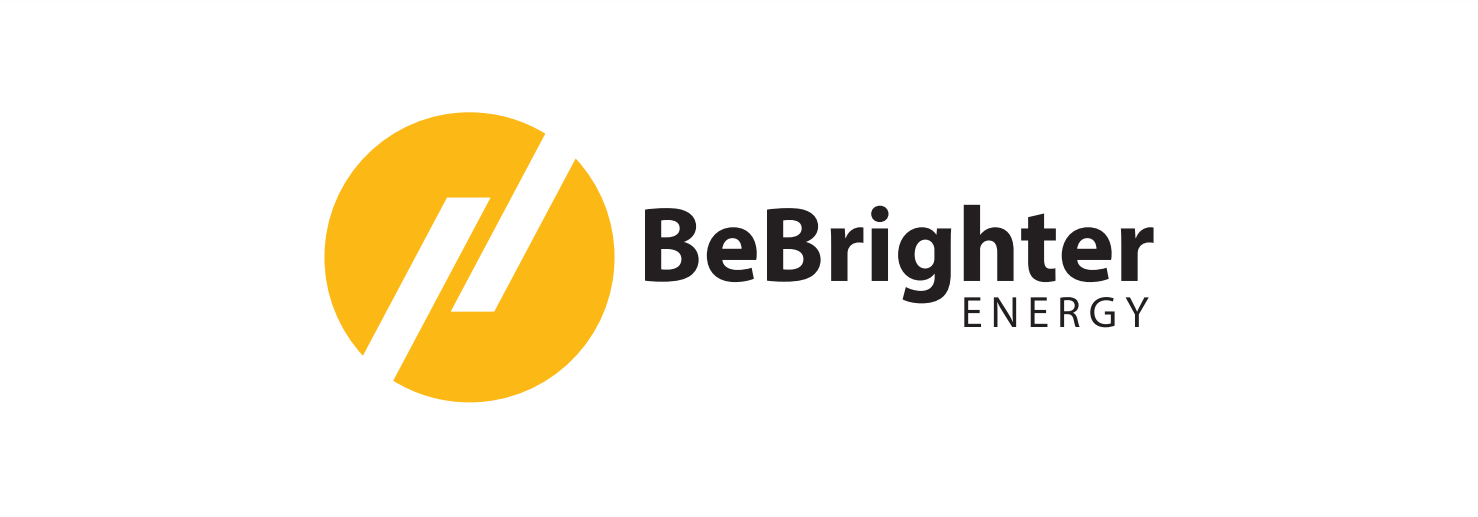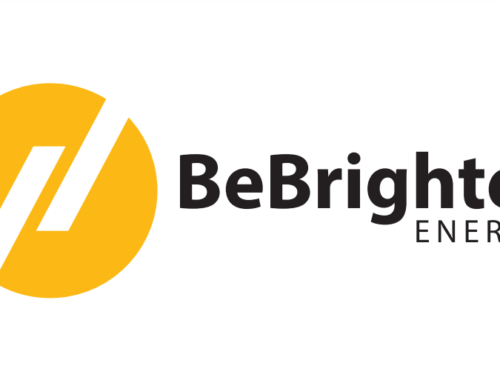Building a Brighter Future with Photovoltaics
Introduction
In the quest for a more sustainable and eco-friendly future, solar panels have emerged as a powerful tool in our arsenal. These photovoltaic wonders harness the inexhaustible energy of the sun to provide clean electricity, making them a crucial component of renewable energy systems. However, to truly understand the potential and benefits of solar panels, it is essential to delve into the world of solar panel investments. In this article, we will explore the various types of solar panels, their efficiency and how investing in these technologies can yield attractive returns while promoting green energy. Solar power is a renewable and infinite energy source that creates no harmful greenhouse gas emissions.
The Power Of Solar Panels
Solar panels, also known as photovoltaic panels, have become the backbone of solar energy systems. These panels consist of photovoltaic cells that convert sunlight into electricity. When sunlight strikes the cells, it excites the electrons, generating direct current (DC) electricity. An inverter then converts this DC electricity into alternating current (AC) electricity, which can power homes, businesses and even feed excess energy back into the grid.
Solar panels are known for their exceptional environmental benefits. They produce no greenhouse gas emissions during operation, making them a vital tool in the fight against climate change. Additionally, their reliance on sunlight, a virtually limitless resource, makes them a sustainable and renewable energy solution.
Types Of Solar Panels
There are several types of solar panels available in the market, each with its unique characteristics and applications. The most common types include monocrystalline, polycrystallinea nd thin-film solar panels.
Monocrystalline Solar Panels: These panels are renowned for their high efficiency and sleek appearance. They are made from single-crystal silicon, providing greater energy conversion rates and a more compact design. Monocrystalline panels are ideal for installations with limited space, as they require less area to generate the same amount of electricity.
Polycrystalline Solar Panels: Polycrystalline panels are slightly less efficient than monocrystalline panels but are more cost-effective. They are manufactured using multiple silicon fragments, resulting in a lower efficiency but a more budget-friendly option. Polycrystalline panels are well-suited for installations where space is not a limiting factor.
Thin-Film Solar Panels: Thin-film panels are the lightweights of the solar panel world. They are flexible, allowing for unique installation possibilities and are often used in unconventional applications. While thin-film panels are less efficient than crystalline panels, they can be an excellent choice for specific projects.
Solar Panel Efficiency
Solar panel efficiency is a critical factor to consider when making an investment. Efficiency refers to the panel’s ability to convert sunlight into electricity. High-efficiency panels can produce more electricity in a given space, making them attractive for residential and commercial installations. It’s worth noting that while monocrystalline panels tend to have the highest efficiency, the difference in efficiency between various panel types is not always substantial.
Investing In Solar Panels
Investing in solar panels is not only a wise financial decision but also a commitment to a greener future. Here are some key points to consider when making a solar panel investment:
Return on Investment (ROI): Solar panels can provide an excellent return on investment. The savings on your electricity bills, government incentives and the potential to sell excess energy back to the grid can lead to substantial returns over time.
Environmental Impact: Solar panel investments contribute to reducing carbon emissions and reliance on fossil fuels. By going solar, you actively support the transition to cleaner, more sustainable energy sources.
Maintenance and Longevity: Solar panels are durable and require minimal maintenance. With a lifespan of 25 to 30 years or more, they can continue producing electricity long after the initial investment has been recouped.
Financing Options: There are various financing options available, including purchase, lease and power purchase agreements (PPAs). Research the best option for your financial situation and goals.
Government Incentives: Many governments offer incentives, tax credits and rebates for solar panel installations. Take advantage of these opportunities to maximise your investment.
Conclusion
In the world of renewable energy, solar panels stand out as a beacon of hope. They not only reduce our carbon footprint but also provide a path towards energy independence and cost savings. Whether you opt for monocrystalline, polycrystalline or thin-film panels, the choice to invest in solar technology is a significant step towards a brighter, cleaner and more sustainable future. So, consider the potential returns, environmental impact and financing options as you embark on your journey to harness the power of the sun and invest in a brighter future with photovoltaics.



Leave A Comment